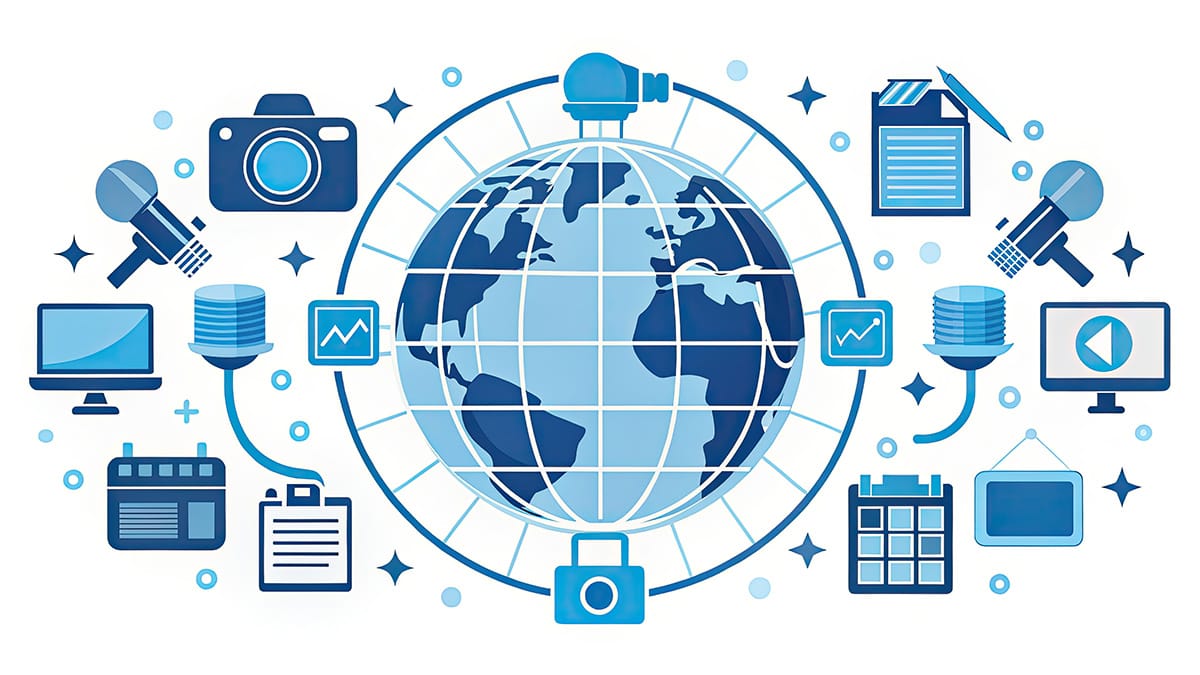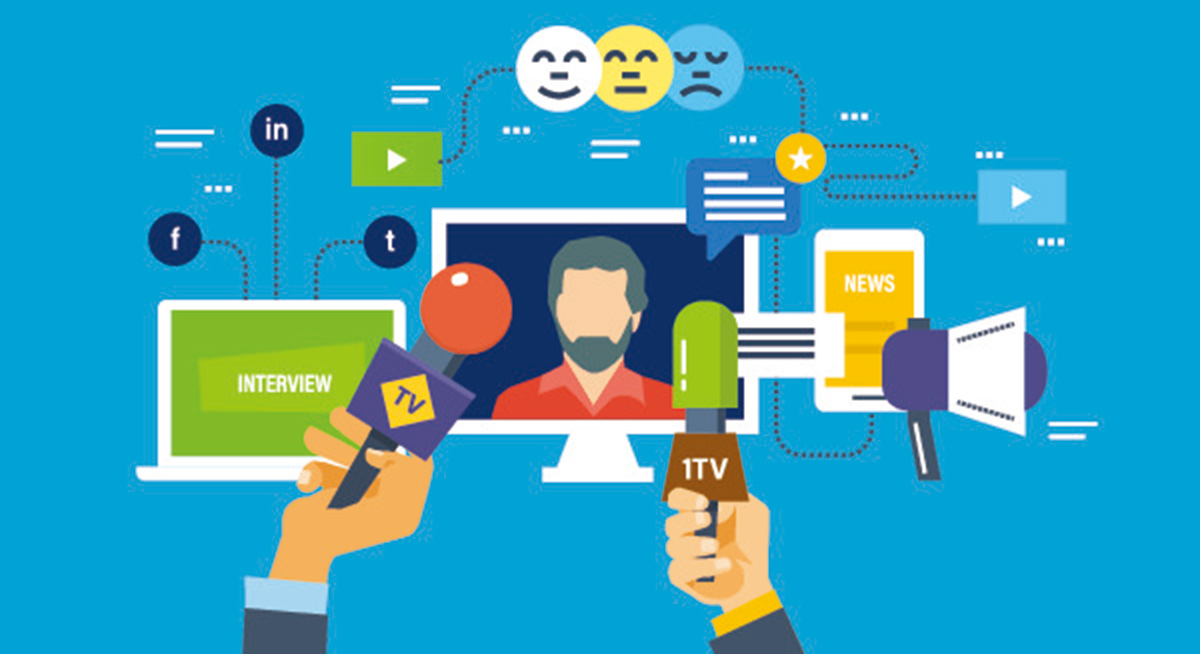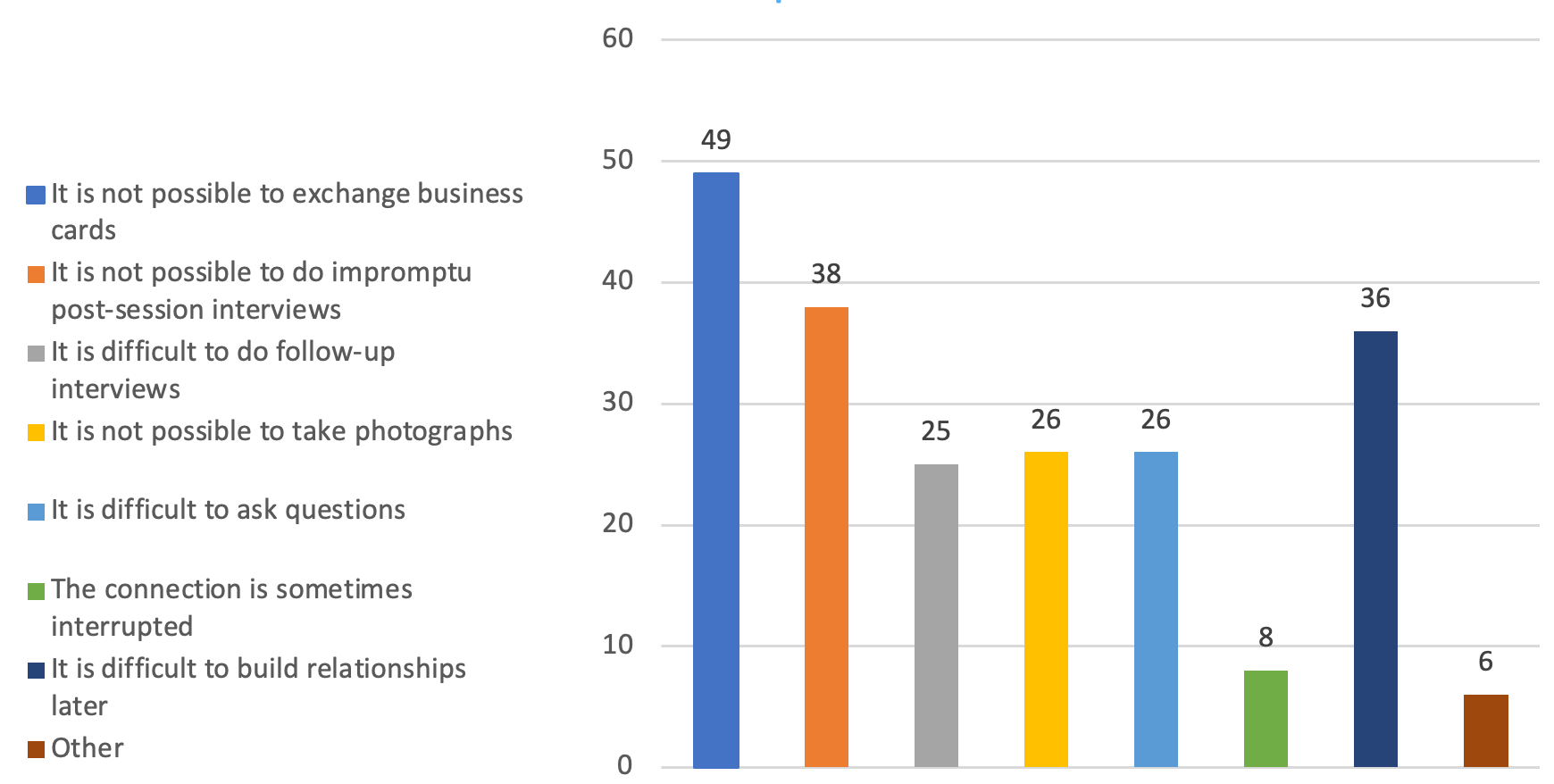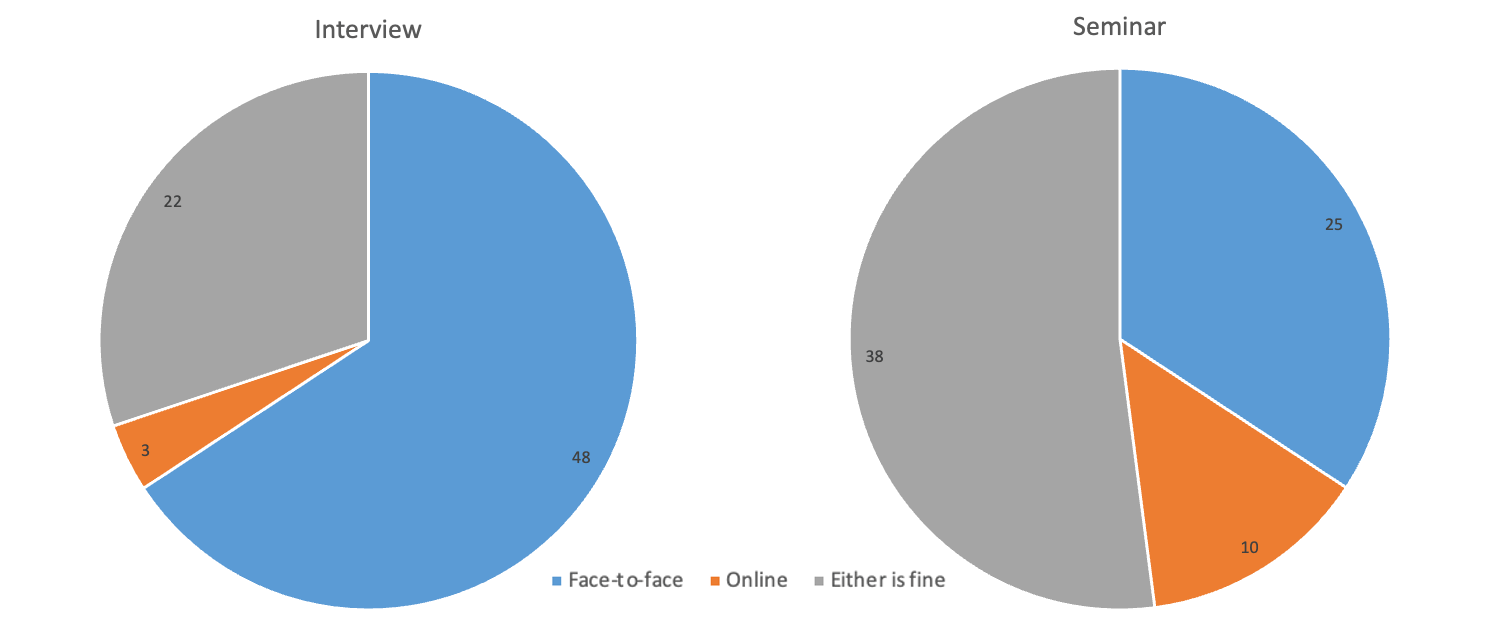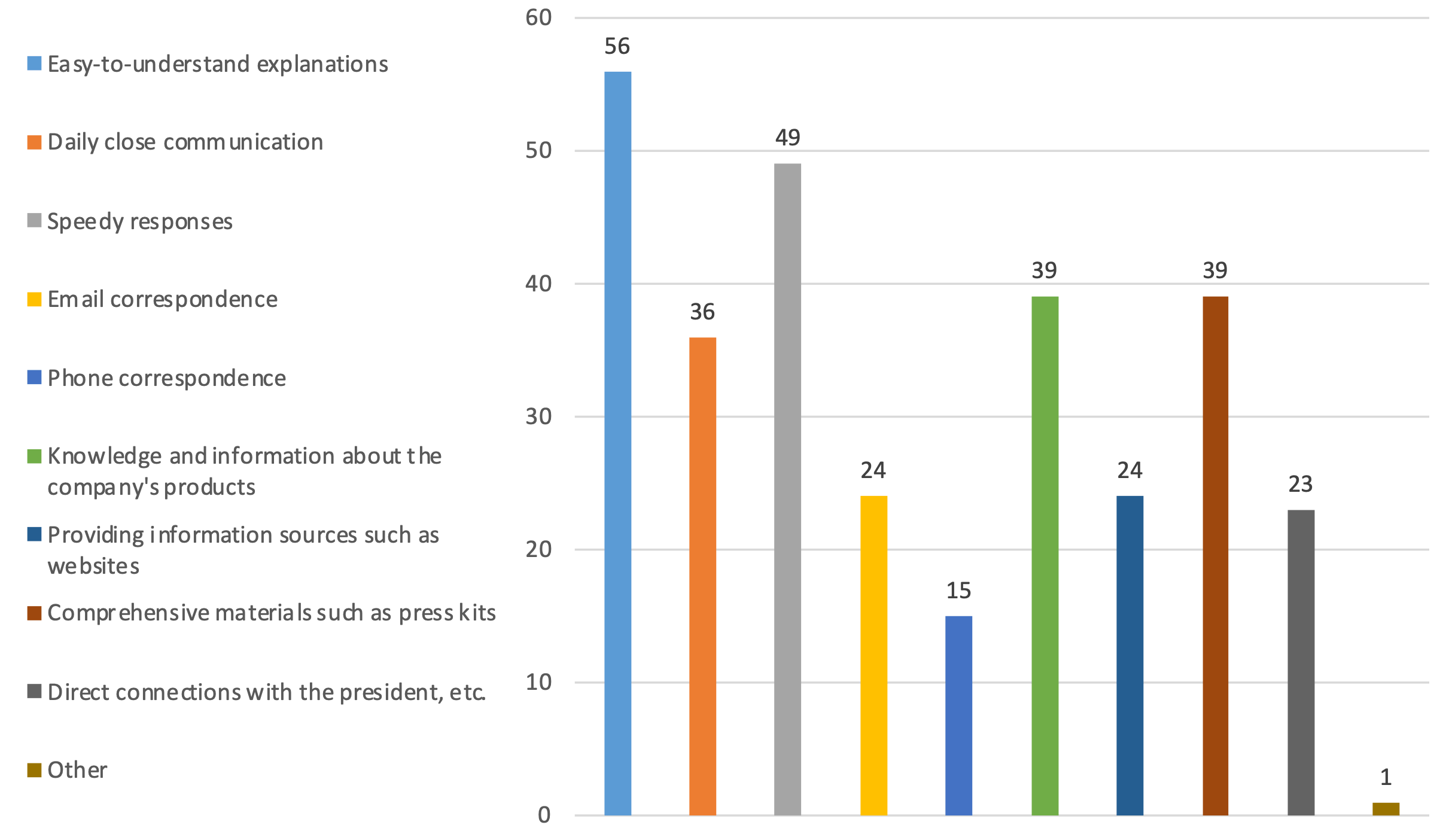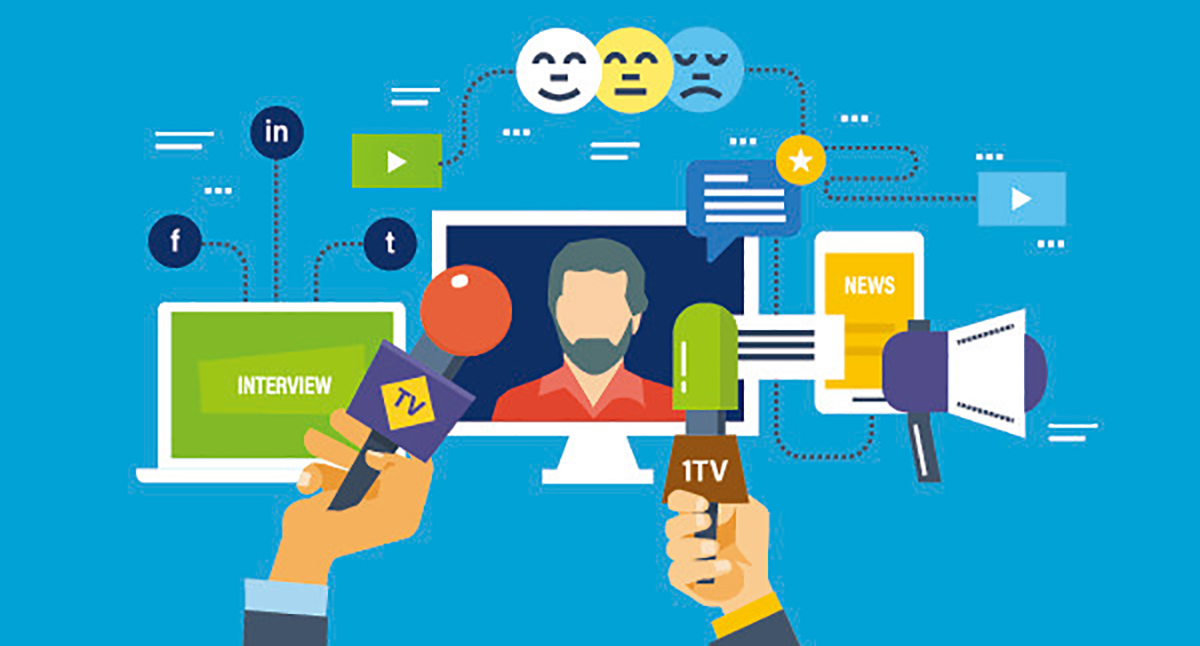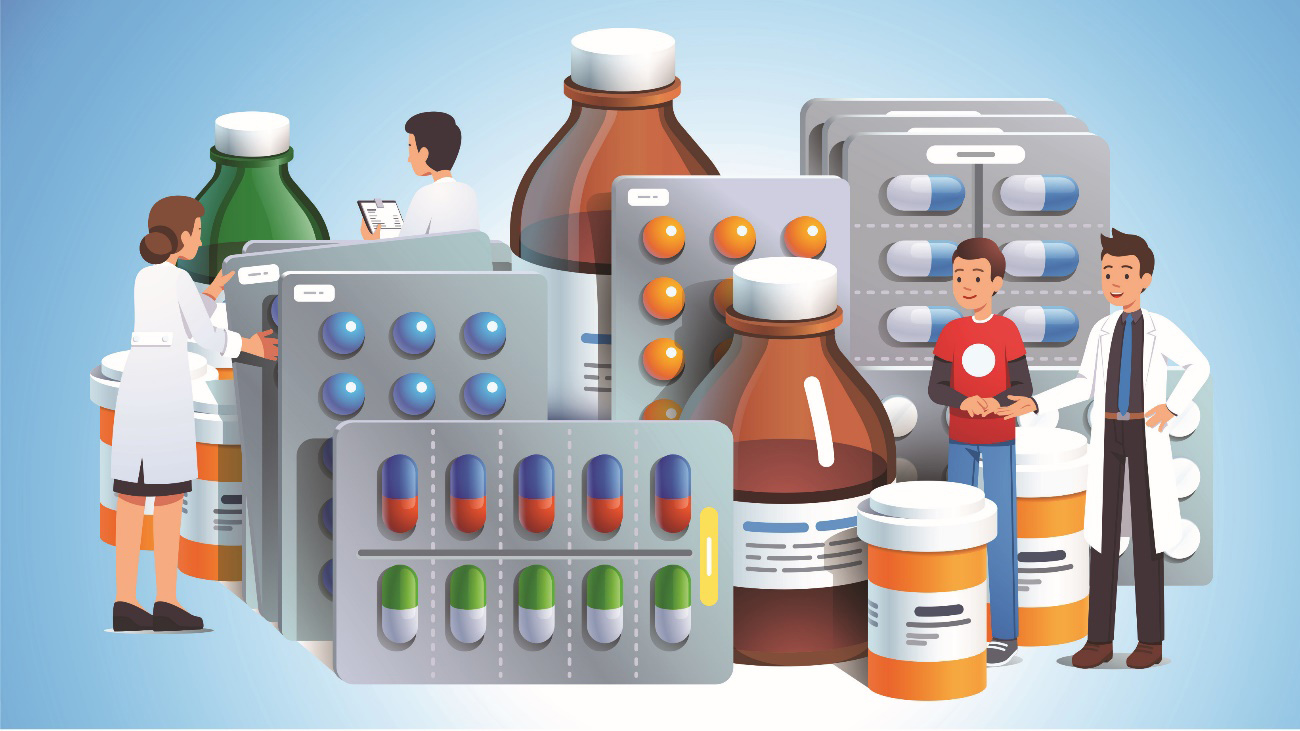Disseminating information via the media remains a central pillar of corporate PR activities. However, with the rise of the internet and social media, the different types of information we now encounter diversified significantly. Besides increased online media presence, personal opinions and anonymous posts on social media often gain traction through media coverage, in turn influencing public opinion. So amid all these changes, how should corporate PR departments best go about approaching “media”?
In this newsletter, we explore the theme of “media analysis,” a crucial element when planning any PR activity. Using an example from COSMO’s own work, we will explore what exactly media analysis is, what it can achieve, and the steps you can take to ensure that it is effectively integrated into your own PR strategies.
What do we mean by “Media Analysis”?
Creating any media analysis requires defining a theme, target media, timeline, and analytical focus. However, the most critical factor is ensuring that the analysis also speaks to the company’s priorities and objectives.
There are typically three main approaches when conducting media analyses:
Quantitative Analysis
This measures how a specific topic is covered in the media and tracks trends in the number of mentions. It allows for competitor comparisons, topic-based article analysis, and characterization of media outlets. Article size can also be converted into equivalent advertising costs. Online media coverage and social media impressions on platforms such as X (formerly Twitter), Instagram, Facebook, and YouTube can also be analyzed.
Qualitative Analysis
This focuses on the tone of articles, categorizing them as positive, neutral, or negative.
Combined Quantitative and Qualitative Analysis
This approach merges both methods to analyze changes in tone by topic.
COSMO’s Lung Cancer Media Analysis
Let’s look at an example with COSMO PR’s “Press Analysis Report – Lung Cancer,” published in November 2024. Using “Nikkei Telecom” as our database, we analyzed media coverage during August 1-31, 2024 on “lung cancer” across approximately 500 outlets, including newspapers, magazines, and industry journals. A total of 180 articles were identified.
Topic analysis of these articles revealed eight key topics, with the highest number of articles focusing on patients and treatments/devices. Analysis also highlighted distinct reporting trends by media category. For example, trade publications tended to focus on product approvals and development, while general newspapers covered more patient-centered topics. Additionally, comparing the company names mentioned showed that 22 companies were cited during the selected period, with a significant number of articles mentioning Daiichi Sankyo Co., Ltd.
Using these findings to review articles by category and company enabled us to not only understand market trends, but also which media outlets are most likely to report on specific topics. In this example the analysis focused on a single month, but media monitoring and analysis should ideally be conducted continuously, as tracking trends over time yields deeper insights.
Tailoring the Analysis to Your Business Needs
Press analysis frameworks can be customized based on each client’s PR objectives, with tailored themes, target media, monitoring periods, and analytical axes. This allows for a detailed analysis specific to your company’s products and services, with findings that offer actionable feedback for crafting effective PR strategies.
In addition to tracking how much coverage your company’s news generates, media analysis can also address questions such as:
- Are your key messages being properly conveyed to the target audience?
- What factors might be preventing them from reaching the audience?
- How does the media view your company’s strengths and weaknesses compared to competitors?
- What specific aspects of your company is the media praising or criticizing?
- What topics trigger strong media reactions, and why?
- How is your company and its products perceived on social media?
- Can you more quickly identify changes in public opinion, the social environment and the business environment surrounding your company?
Corporate PR encompasses a variety of challenges. By aligning these challenges with a custom-made media analysis and examining the results, you can equip yourself with valuable insights.
What is “Stakeholder Monitoring”?
Companies are supported by and influence a range of stakeholders in their operations. “Stakeholder monitoring” is a method for tracking key stakeholders’ trends and statements through news and social media, helping inform PR and public affairs activities.
This involves setting search keywords, similar to news analysis, to extract the activities and statements of target stakeholders from media and social media. For example, it can identify who spoke about high-cost pharmaceuticals, at what opportunities, and what media covered it. This allows for understanding stakeholders’ “awareness” and “activities” on each topic, providing insights for planning future external actions.
Analyzing the views of stakeholders that may be expressing negative opinions allows us to understand what their current view is, their concerns and which areas must be addressed if we are to shift their opinion. In this way, stakeholder monitoring is a valuable tool for objectively understanding stakeholders’ views based on publicly available information.
Staying True to the Purpose of PR
While media analysis is valuable for planning PR activities, it is also still valuable for evaluating the effectiveness of PR activities and persuading internal stakeholders about the importance of PR. Media analysis can be leveraged in various ways, not only just to track numbers, but also to provide deeper insights by combining quantitative and qualitative analysis and crafting specific analytical axes. Additionally, since analysis is merely a tool, it’s essential to go beyond the numerical results and always return to the true purpose of PR – actively “utilizing” the analysis results.
Making Use of External Support
It’s not necessary to handle the entire media analysis process in-house, from planning and designing to reading results, identifying issues, and developing strategies. If you have limited PR staff, lack the necessary expertise, lack experience in media analysis or wish to approach media analysis from a new perspective, you might consider leveraging the expertise of an external organization.
COSMO PR offers customized “News Monitoring and Analysis Reports” and “Stakeholder Monitoring Reports.” In addition to news sources included in Nikkei Telecom used in the lung cancer medial analysis this time, we can monitor and analyze social media platforms (X, Instagram, Facebook, YouTube, TikTok, LINE, etc.). These services not only include monthly periodic reports, but also annual reports that retrospectively analyze past coverage as well. They can be customized to meet a diverse variety of needs, so please feel free to contact us to discuss how they can be applied to your business.
If you would like to receive a copy of COSMO’s “News Analysis Report – Lung Cancer” (published November 2024), or more information about COSMO PR’s media monitoring services, please contact us at info_cosmo@cosmopr.co.jp.

